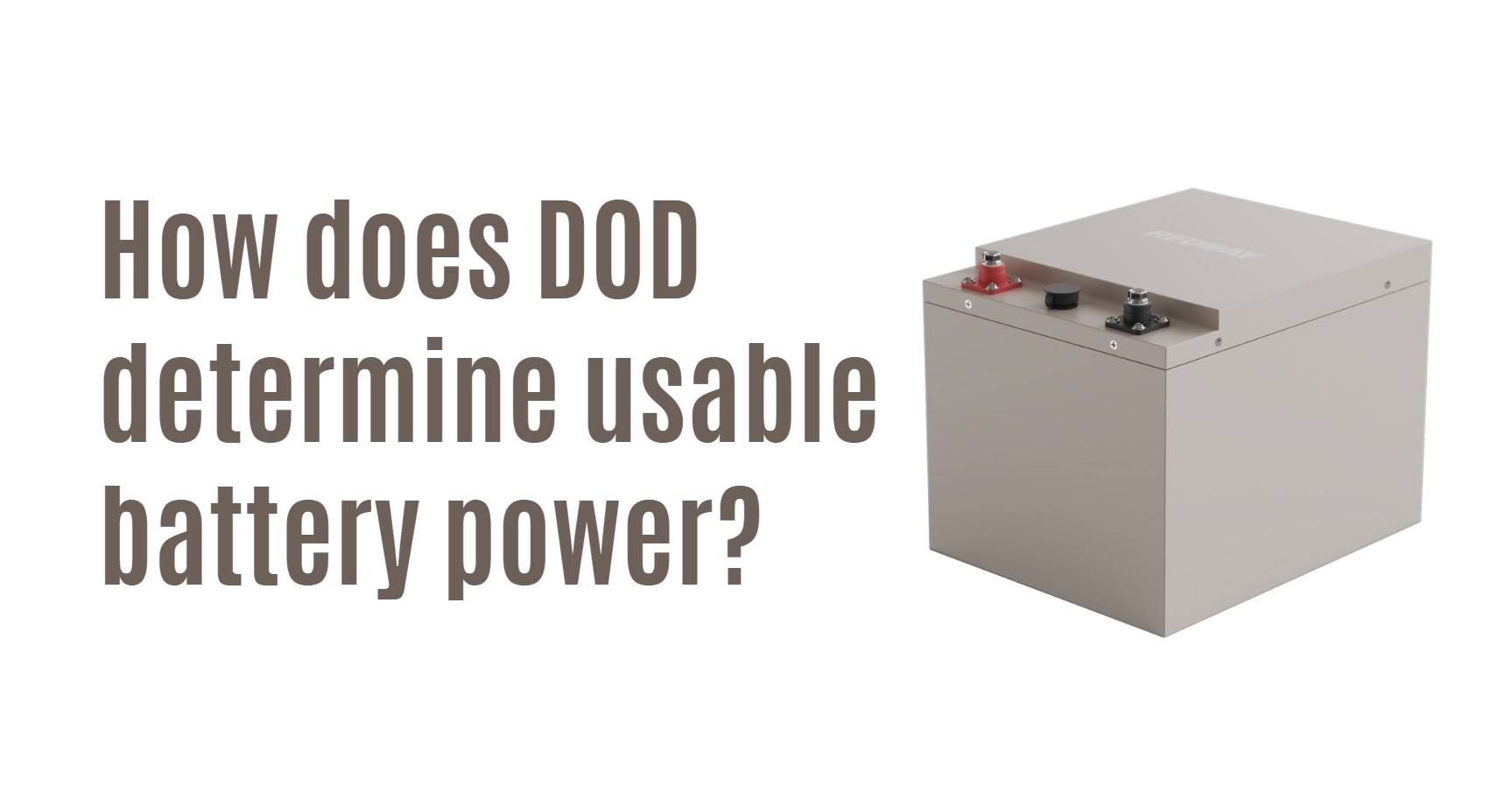- Forklift Lithium Battery
-
48V
- 48V 210Ah
- 48V 300Ah
- 48V 420Ah (949 x 349 x 569 mm)
- 48V 420Ah (950 x 421 x 450 mm)
- 48V 456Ah
- 48V 460Ah (830 x 630 x 590 mm)
- 48V 460Ah (950 x 421 x 450 mm)
- 48V 460Ah (800 x 630 x 600 mm)
- 48V 460Ah (820 x 660 x 470 mm)
- 48V 500Ah
- 48V 560Ah (810 x 630 x 600 mm)
- 48V 560Ah (950 x 592 x 450 mm)
- 48V 600Ah
- 48V 630Ah
-
48V
- Lithium Golf Cart Battery
- 12V Lithium Battery
12V 150Ah Lithium RV Battery
Bluetooth App | BCI Group 31
LiFePO4 Lithium
Discharge Temperature -20°C ~ 65°C
Fast Charger 14.6V 50A
Solar MPPT Charging - 24V Lithium Battery
- 36V Lithium Battery
- 48V Lithium Battery
-
48V LiFePO4 Battery
- 48V 50Ah
- 48V 50Ah (for Golf Carts)
- 48V 60Ah (8D)
- 48V 100Ah (8D)
- 48V 100Ah
- 48V 100Ah (Discharge 100A for Golf Carts)
- 48V 100Ah (Discharge 150A for Golf Carts)
- 48V 100Ah (Discharge 200A for Golf Carts)
- 48V 150Ah (for Golf Carts)
- 48V 160Ah (Discharge 100A for Golf Carts)
- 48V 160Ah (Discharge 160A for Golf Carts)
-
48V LiFePO4 Battery
- 60V Lithium Battery
-
60V LiFePO4 Battery
- 60V 20Ah
- 60V 30Ah
- 60V 50Ah
- 60V 50Ah (Small Size / Side Terminal)
- 60V 100Ah (for Electric Motocycle, Electric Scooter, LSV, AGV)
- 60V 100Ah (for Forklift, AGV, Electric Scooter, Sweeper)
- 60V 150Ah (E-Motocycle / E-Scooter / E-Tricycle / Tour LSV)
- 60V 200Ah (for Forklift, AGV, Electric Scooter, Sweeper)
-
60V LiFePO4 Battery
- 72V~96V Lithium Battery
- Rack-mounted Lithium Battery
- E-Bike Battery
- All-in-One Home-ESS
- Wall-mount Battery ESS
-
Home-ESS Lithium Battery PowerWall
- 24V 100Ah 2.4kWh PW24100-S PowerWall
- 48V 50Ah 2.4kWh PW4850-S PowerWall
- 48V 50Ah 2.56kWh PW5150-S PowerWall
- 48V 100Ah 5.12kWh PW51100-F PowerWall (IP65)
- 48V 100Ah 5.12kWh PW51100-S PowerWall
- 48V 100Ah 5.12kWh PW51100-H PowerWall
- 48V 200Ah 10kWh PW51200-H PowerWall
- 48V 300Ah 15kWh PW51300-H PowerWall
PowerWall 51.2V 100Ah LiFePO4 Lithium Battery
Highly popular in Asia and Eastern Europe.
CE Certification | Home-ESS -
Home-ESS Lithium Battery PowerWall
- Portable Power Stations
How Does the Department of Defense Determine Usable Battery Power?

The Department of Defense (DoD) determines usable battery power primarily through the concept of Depth of Discharge (DoD), which refers to the percentage of a battery’s capacity that has been used. Understanding DoD is crucial as it directly impacts battery life, performance, and reliability in military operations.
What is the concept of Depth of Discharge (DoD)?
Depth of Discharge (DoD) is defined as the percentage of a battery that has been discharged relative to its total capacity. For instance, if a battery has a total capacity of 100Ah and has been discharged to 50Ah, its DoD is 50%. The DoD is critical because it helps determine how much usable energy remains in the battery without compromising its lifespan.
| Battery Capacity | Discharged Amount | Depth of Discharge |
|---|---|---|
| 100 Ah | 50 Ah | 50% |
| 100 Ah | 30 Ah | 30% |
| 100 Ah | 80 Ah | 80% |
How does DoD impact usable battery power?
The DoD significantly influences the usable power from a battery. Higher discharge levels can lead to reduced overall capacity and shortened lifespan. For example, consistently discharging a lithium-ion battery beyond 80% can lead to accelerated degradation. Therefore, maintaining an optimal DoD is essential for maximizing usable power while ensuring longevity.
What factors does the DoD consider when assessing battery usability?
When assessing battery usability, the DoD considers several factors:
- Battery Chemistry: Different chemistries have varying tolerances for discharge levels.
- Application Requirements: Military applications may demand higher reliability and performance.
- Environmental Conditions: Temperature and humidity can affect battery performance and degradation rates.
Understanding these factors allows for better management practices tailored to specific operational needs.
Why is monitoring DoD important for battery management?
Monitoring DoD is crucial for effective battery management because it helps prevent over-discharge, which can lead to permanent damage and decreased capacity. By keeping track of discharge levels, military personnel can optimize charging cycles and extend the operational life of batteries, ensuring readiness during critical missions.
What are the best practices for managing battery usage in military applications?
To effectively manage battery usage in military applications, consider these best practices:
- Regular Monitoring: Use monitoring systems to track voltage and current levels.
- Optimal Charging Cycles: Charge batteries before they reach critical discharge levels.
- Training Personnel: Ensure that all personnel are trained on proper battery handling and maintenance.
Implementing these practices helps maintain operational efficiency and prolongs the life of batteries used in defense applications.
Industrial News
Recent advancements in energy storage technology have led to improved battery management systems within the Department of Defense. These systems utilize real-time monitoring tools to assess Depth of Discharge (DoD) more accurately, enhancing decision-making processes regarding power usage during missions. As military operations increasingly rely on portable electronic devices, optimizing battery performance remains a top priority.
Expert Insight
“Understanding Depth of Discharge is vital not just for maximizing usable power but also for ensuring mission readiness,” states Dr. Emily Carter, a leading researcher in military energy solutions. “By implementing advanced monitoring technologies, we can significantly improve battery life and reliability in challenging environments.”
Managing Depth of Discharge for Peak Performance
Effectively managing DoD is imperative for maximizing battery efficiency and durability. Key strategies include:
- Proper Sizing: Selecting a battery with an adequate capacity for its intended use optimizes DoD levels, preventing excessive discharge.
- State of Charge Monitoring: Regular monitoring of the battery’s State of Charge (SoC) prevents over-discharge, safeguarding battery health and longevity.
- Charge Control: Employing correct charging protocols, such as avoiding overcharging and ensuring complete charge cycles, enhances battery performance and extends DoD capabilities.
- Battery Management Systems: Implementing advanced battery management systems provides real-time oversight, enabling precise control over DoD to optimize efficiency and lifespan.















